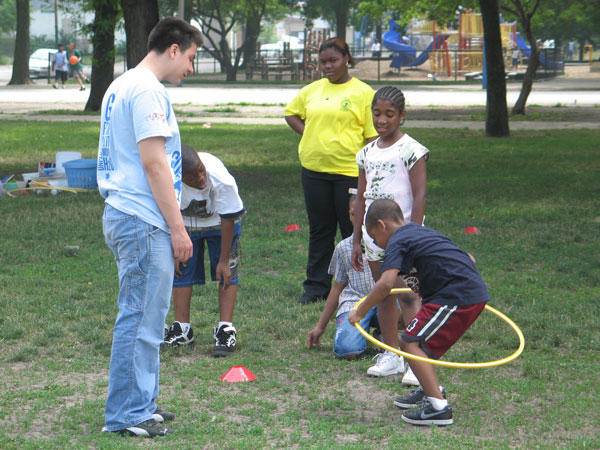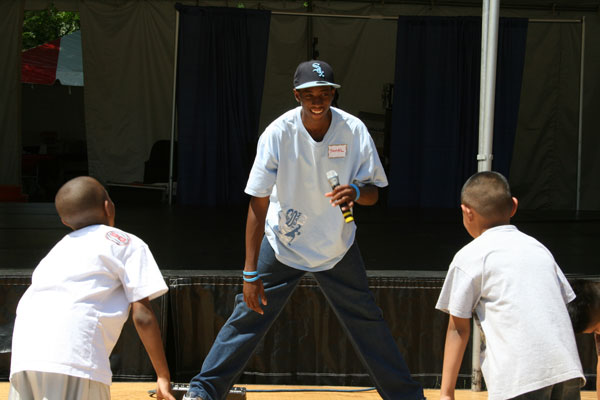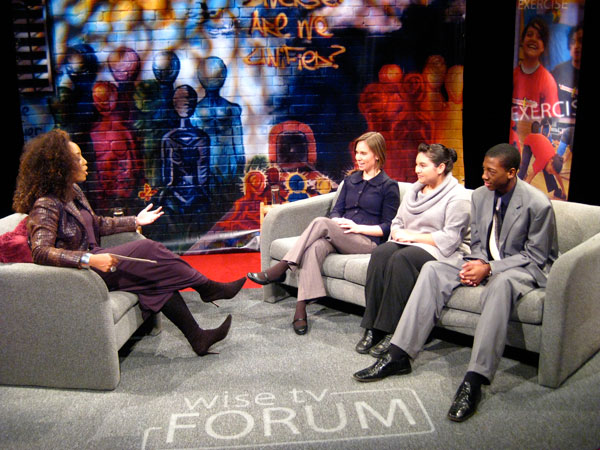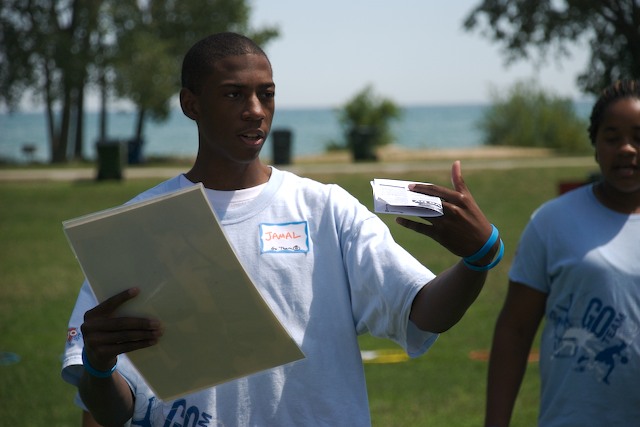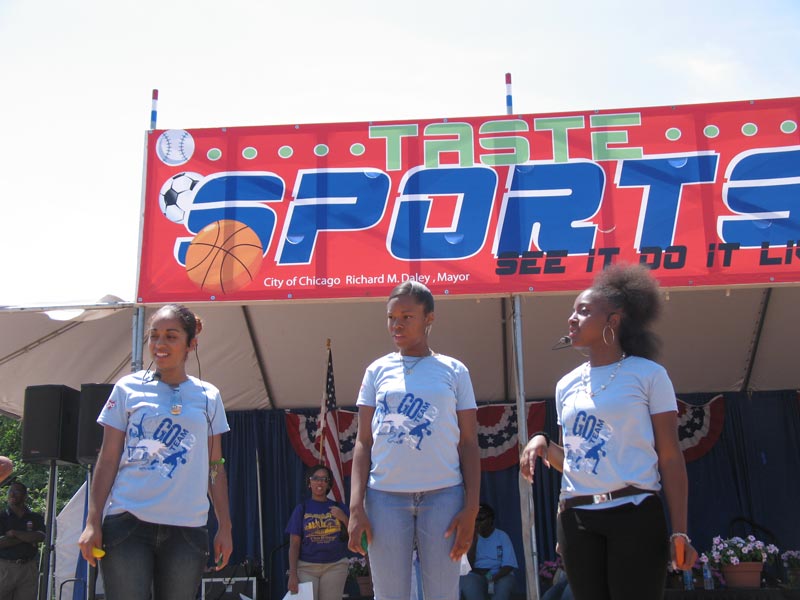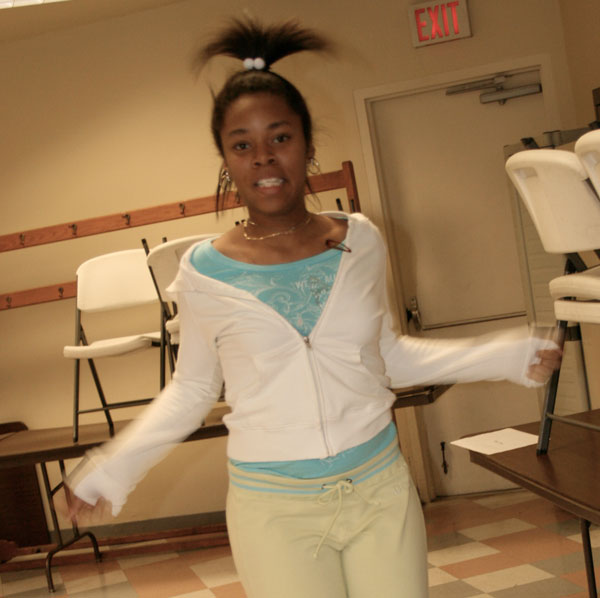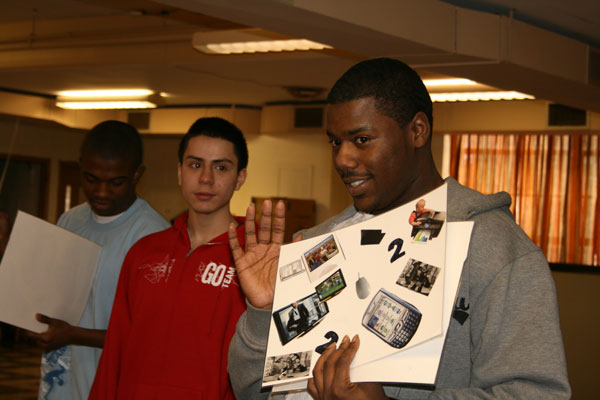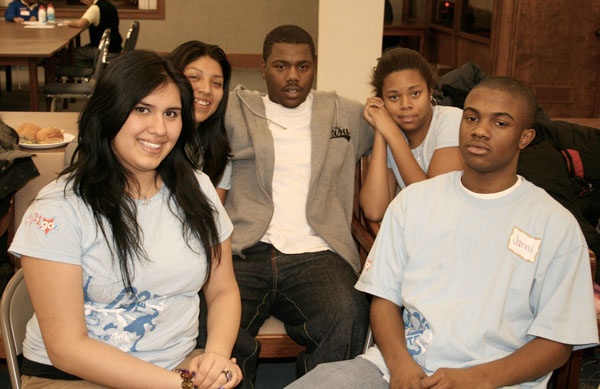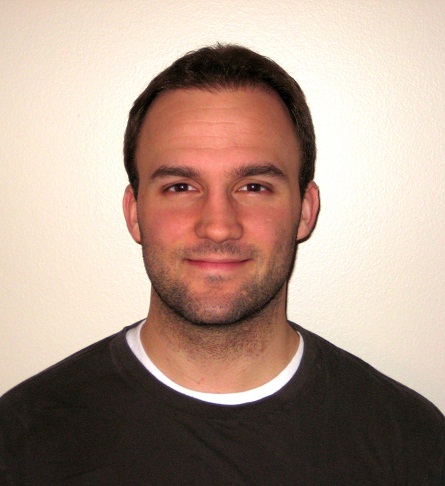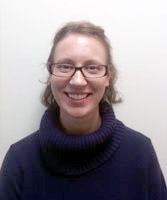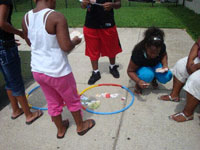by Adam Becker, PhD, MPH, Executive Director
Welcome to the fourth and final quarter of our 10th anniversary year! I hope you have found this year to be an exciting review of our decade of the accomplishments we have achieved together and an interesting examination of the things that make CLOCC tick. This quarter, we are looking toward the future of childhood obesity prevention in Chicago and beyond.
In CLOCC’s early days, under the energetic leadership of Matt Longjohn and the thoughtful guidance of our founder, Katherine Kaufer Christoffel, the staff’s main focus was building the consortium from dozens to hundreds, organization by organization. We developed and implemented strategic approaches to demonstrating that there was indeed an obesity epidemic in Chicago and that collaboration among diverse partners was essential to combat it. In some ways, our work now is easier – very few would argue that there isn’t an obesity epidemic! The combination of our local surveillance and organizing work and an emerging national understanding of the scale of the epidemic has helped Chicago recognize that we have a serious health problem on our hands. However, the work is also more complicated as we learn more about obesity and its many causes and risk factors. It has become increasingly apparent that there is no single solution.
Early on, a lot of our collective efforts were focused on programming – short-term, specific programs and interventions developed to start or keep individual children on a path to a healthy lifestyle. Our attention to individually-focused approaches and the recognition that children and families needed sound information make good decisions when it came to nutrition and physical activity led us to develop the 5-4-3-2-1 Go!® healthy lifestyle message. The message was intended to be a roadmap for children and families to follow to ensure healthy and active lives. As the years unfolded and the national and local research and experience base matured, we began to recognize the importance of altering the environments in which children and families find themselves – making health easier where kids and families live, work, learn, and play. Known as policy, systems, and environmental change (PSE) strategies, these approaches support communities with the goal of making healthy options the default options. 5-4-3-2-1 Go! public education remains a foundation of what we do as a consortium, but it is now squarely supported by environmental change solutions that help families to achieve these recommendations more easily. Our Healthy Places initiative is firmly rooted in the promotion of PSE strategies.
As the decade progressed, new research also emerged indicating that our initial focus on the three to five year old caused us to miss important opportunities to start prevention early in life. An important study by Elsie Taveras showed that weight gain in the first six months of life was more predictive of weight at age 3 than was weight at birth. Staff and partners began to look at emerging approaches across the country to reach children from “day 1” and even reach their parents during or just before pregnancy. Breastfeeding emerged as an important strategy that we needed to support, and a focus on childcare institutions as a key context for obesity prevention solidified. We created the Early Childhood Working Group to guide the consortium in these new enterprises.
More and more science continues to emerge about the role that access to unhealthy foods and beverages plays in the obesity epidemic – that improving access to healthy options was necessary but not sufficient if we were really going to succeed at reducing childhood obesity rates in Chicago. Following the lead of national organizations, we have begun to look at effective approaches to reducing the “at-your fingertip” access to foods and beverages high in calories from fat and sugar but low in nutritional value and to partnering with childcare, schools, workplaces, and city government to strike a better balance between access to healthier and less healthy foods and beverages. In a similar vein, the field of obesity prevention practitioners has begun to look to non-traditional partners for increasing access to safe opportunities for physical activity. This involves partnering with land use planners, transportation professionals, and the business sector to increase access to parks, playgrounds, safe streets, and sidewalks where people, and especially children, can walk, run, ride, and engage in other forms of activity.
Throughout this tenth anniversary year, we have been taking stock, asking questions, and doing some serious strategic thinking. We have had three retreats involving staff, leadership, and national expert advisors to explore where the data and evidence suggest we must go in the coming decade. We have gathered feedback from the consortium along the way through various means to ensure that these emerging plans are grounded in the experience and lessons learned of the many partners that make CLOCC what it is – a thriving, ever-growing national model for comprehensive, community-based childhood obesity prevention. All of this information has been sifted and sorted, and it is the basis for our planning for the next decade. New approaches to public education, refined strategies for policy and environmental change, innovative partnerships beyond the traditional obesity prevention advocates and practitioners, a strengthening focus on early childhood approaches, and effective methods for reducing access to and promotion of unhealthy foods and beverages will all be part of this next decade of work. And, as ever, we will remain open to new ideas, emerging research and evidence, and the increasing collection of local and national best practices so the next decade is grounded in the many successes and lessons of our past, but also full of yet uncharted and endless possibility. We are putting the final touches on a “blueprint for accelerating progress in childhood obesity prevention in Chicago,” and we are very excited to present it at the December 6 Quarterly Meeting. We look forward to unveiling our plans with you, the culmination of this year of reflection and information gathering. And we are inspired by the emerging vision of what we can do together in 2013 and beyond to achieve them!



